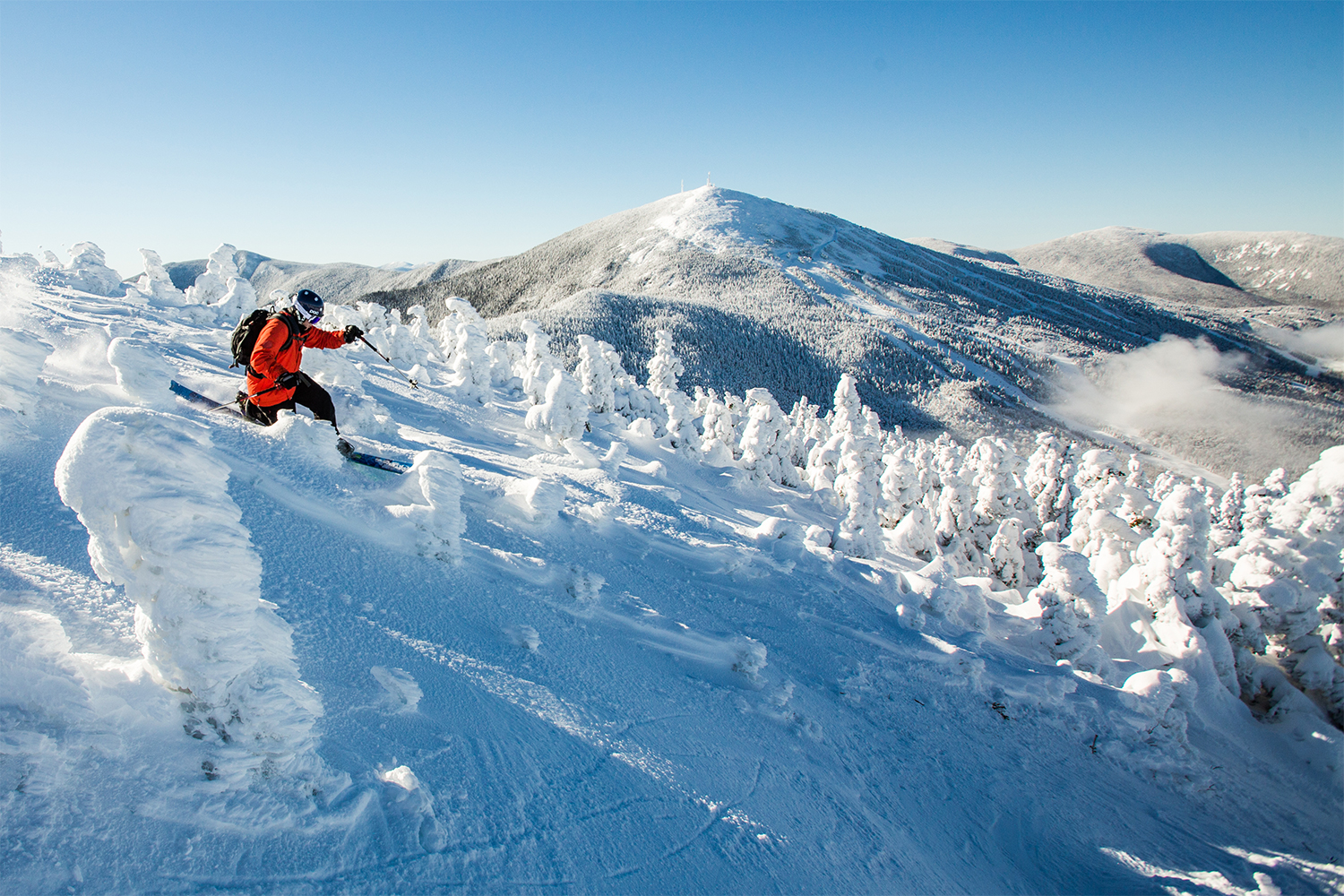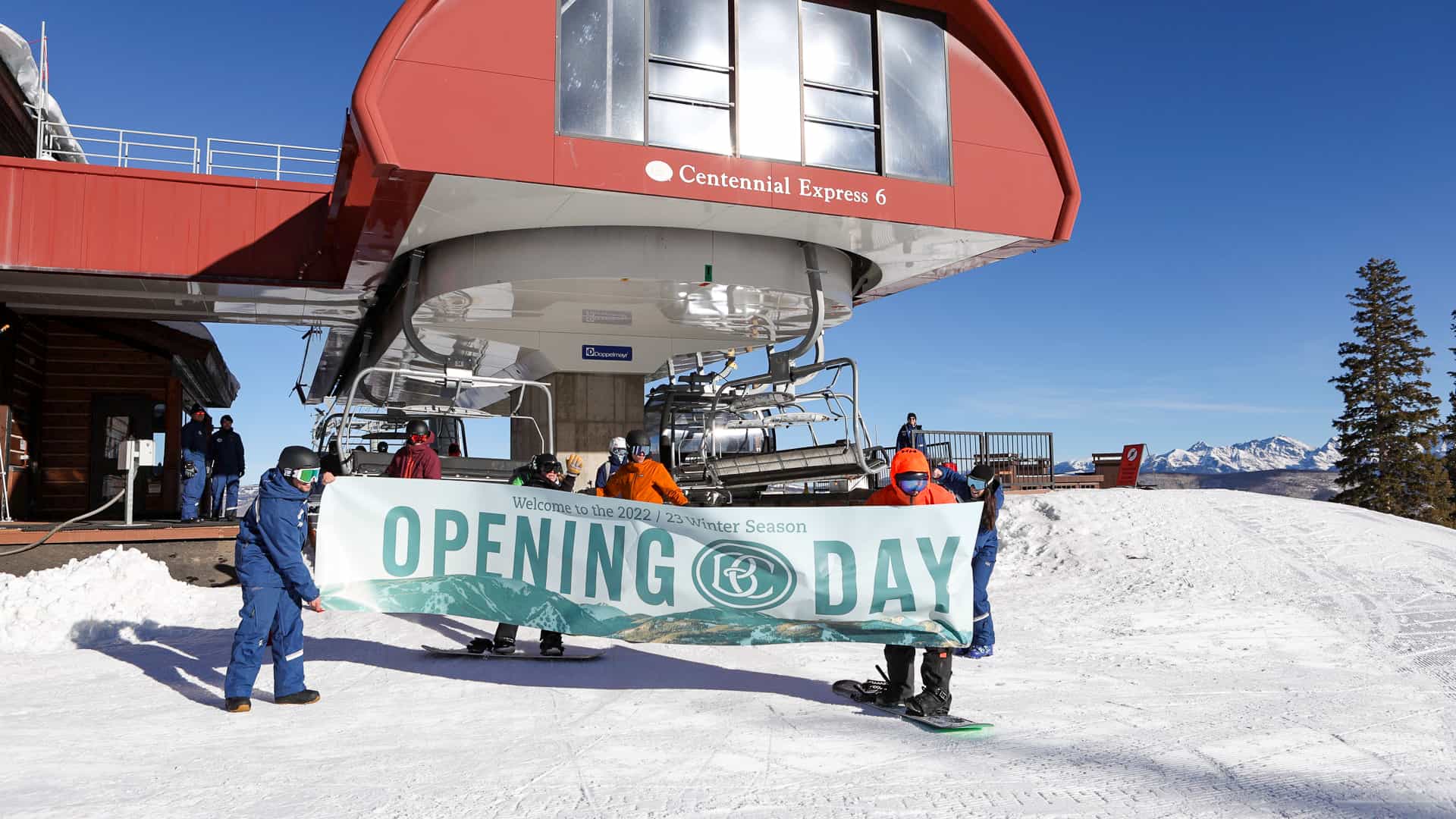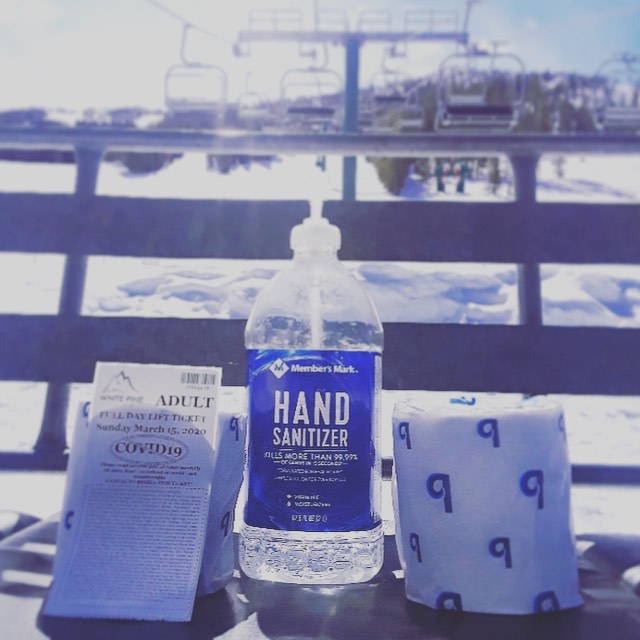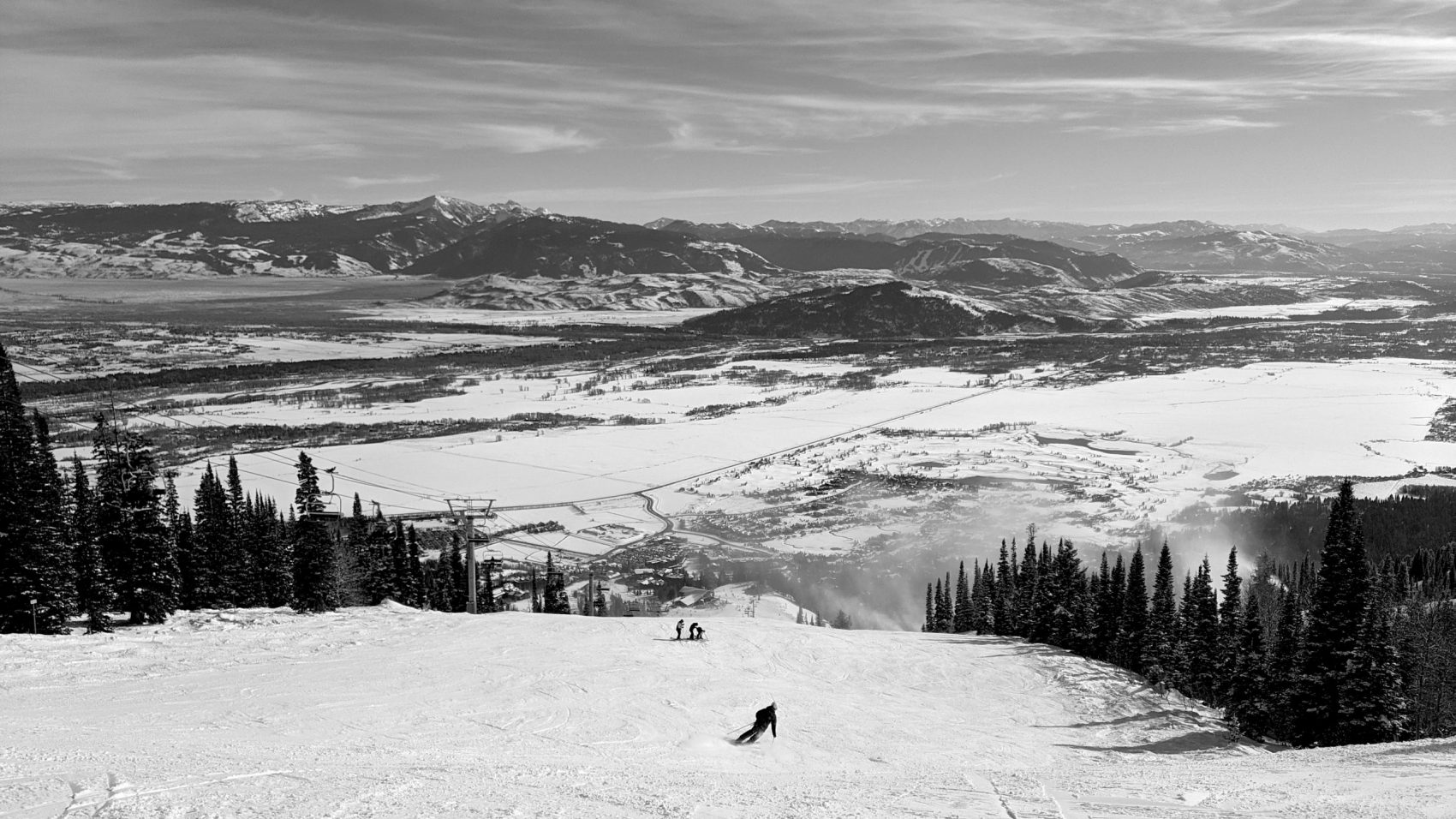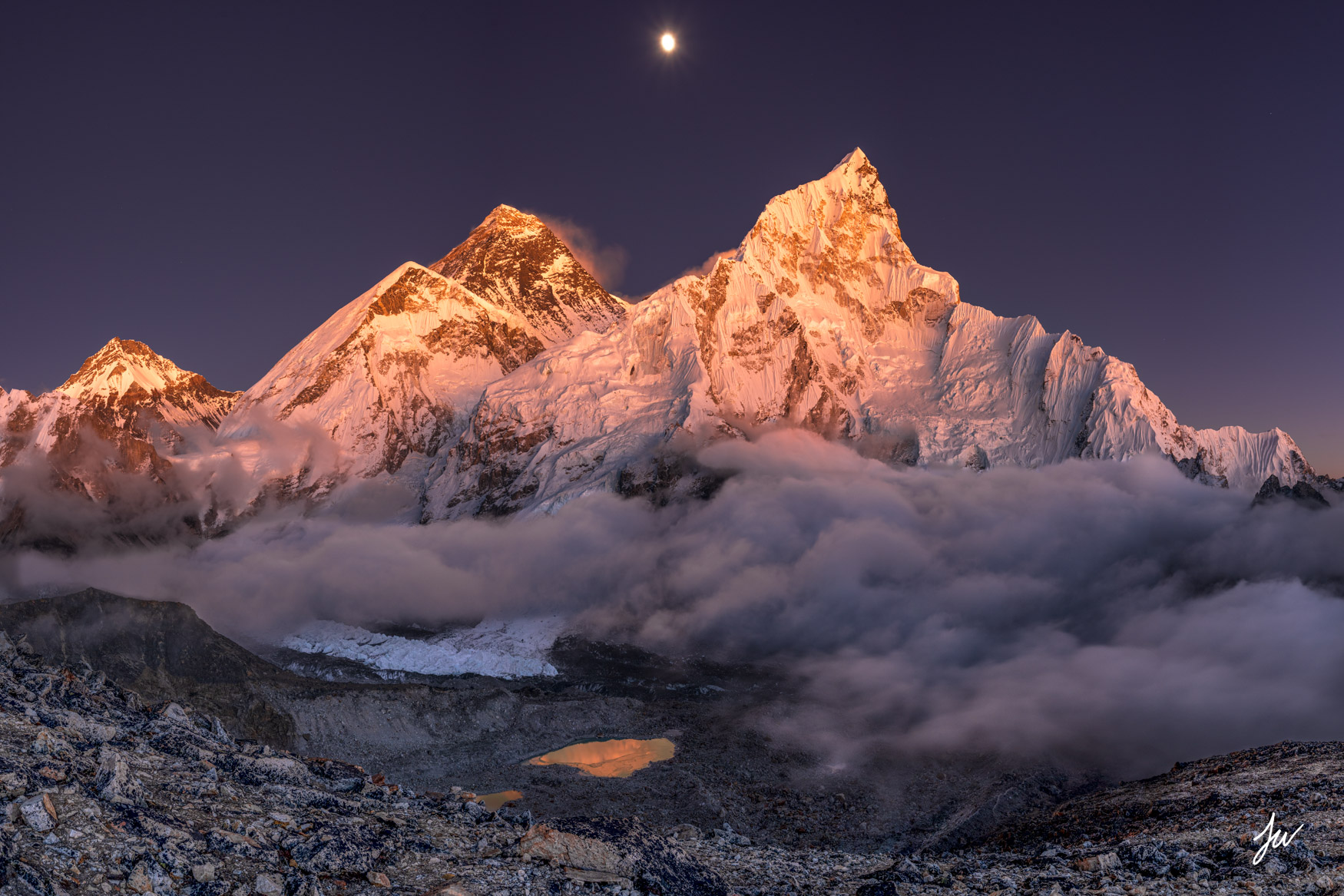
For many in the climbing community, Mount Everest stands as the pinnacle of high altitude mountaineering. The highest of the seven summits, Everest (known locally as Chomolungma in Tibetan or Sagarmatha in Nepali) is the highest point on Planet Earth. This behemoth towers a staggering 29,032 feet (8,848 meters) above sea level, the same altitude as commercial jets fly. In order to get to this moonscape-like place, some serious equipment and expertise is involved. These necessities come at a price, of course, so the amount varies depending on a variety of factors.
- Related: Legendary Sherpa Breaks His Own Previous World Record by Summiting Mount Everest for 31st Time

When climbing Everest, climbers are first faced with two very different options for starting locations. The first and much more common route for westerners is the southern Nepali side. The Nepal route requires climbers to fly into the small village of Lukla, then hike the breathtaking (literally) 40 miles up to basecamp at 17,598 feet above sea level. This can take anywhere anywhere from 10 to 14 days depending on individual fitness level and oxygen needs. The northern side of Everest is in the Tibetan Autonomous region of China. There is a road to base camp on this side. However due to geopolitical issues in the region since the 1950s, few westerners take this route due to the difficulty of securing a visa for Tibet. Because the overwhelming majority of climbers taking the Nepali route, this article will focus on prices for the southern approach for current costs.
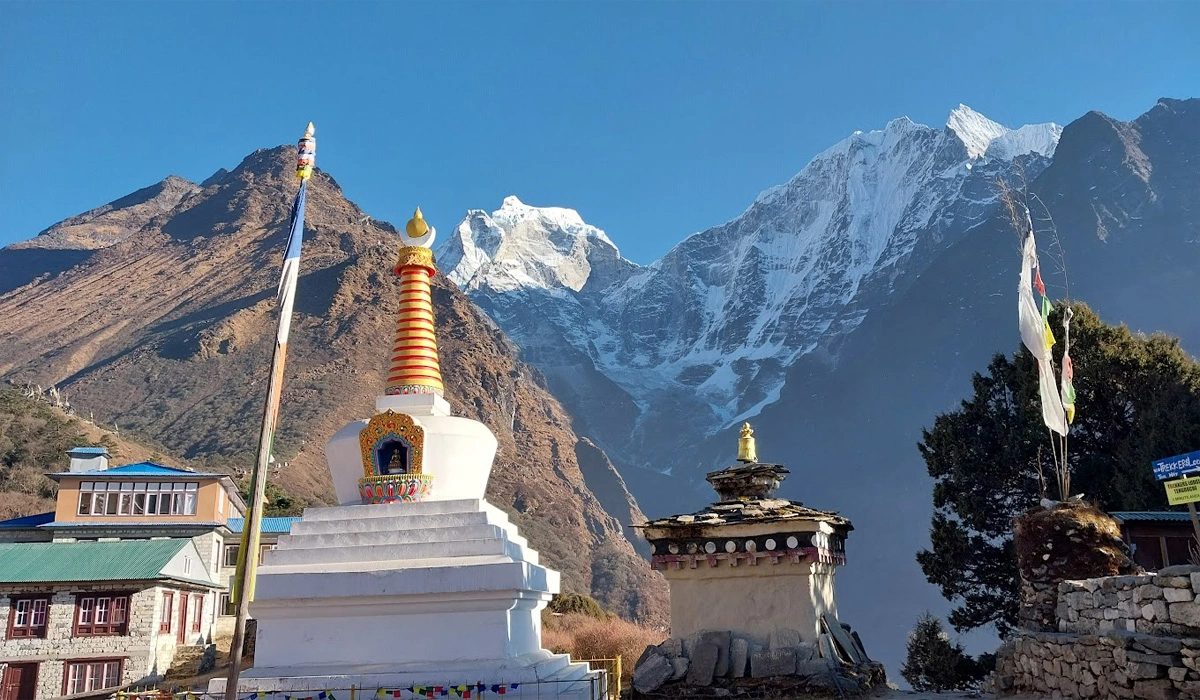
The first factor in climbing the world’s tallest peak is acquiring all the necessary permits, and there are a few. Green Valley Nepal Treks provides some insight into what permits one would need to summit Everest and the costs associated with that. For starters, one would need a expedition permit, starting at 1,000 USD. Restricted area permits and national park passes vary, starting at around $30 and going into the low hundreds. Trekking peak permits start at around $500, and local community permits are around $20.
Where it really starts to get costly is the purchase of the Everest specific permit. In an effort to reduce the number of climbers on Everest, climbers must pay $15,000 per person. In addition, climbers must provide proof of summiting at least one other 7,000 meter mountain in Nepal previously as of 2025. Climbers have faced bottle neck issues and long lines near the top in recent years, leading to multiple unnecessary deaths in what is referred to both fittingly and ominously as the “death zone.” The death zone is anywhere above 26,000 feet. At this altitude, the human body is literally shutting down from lack of oxygen, and every minute spent at this altitude is minute closer to death.
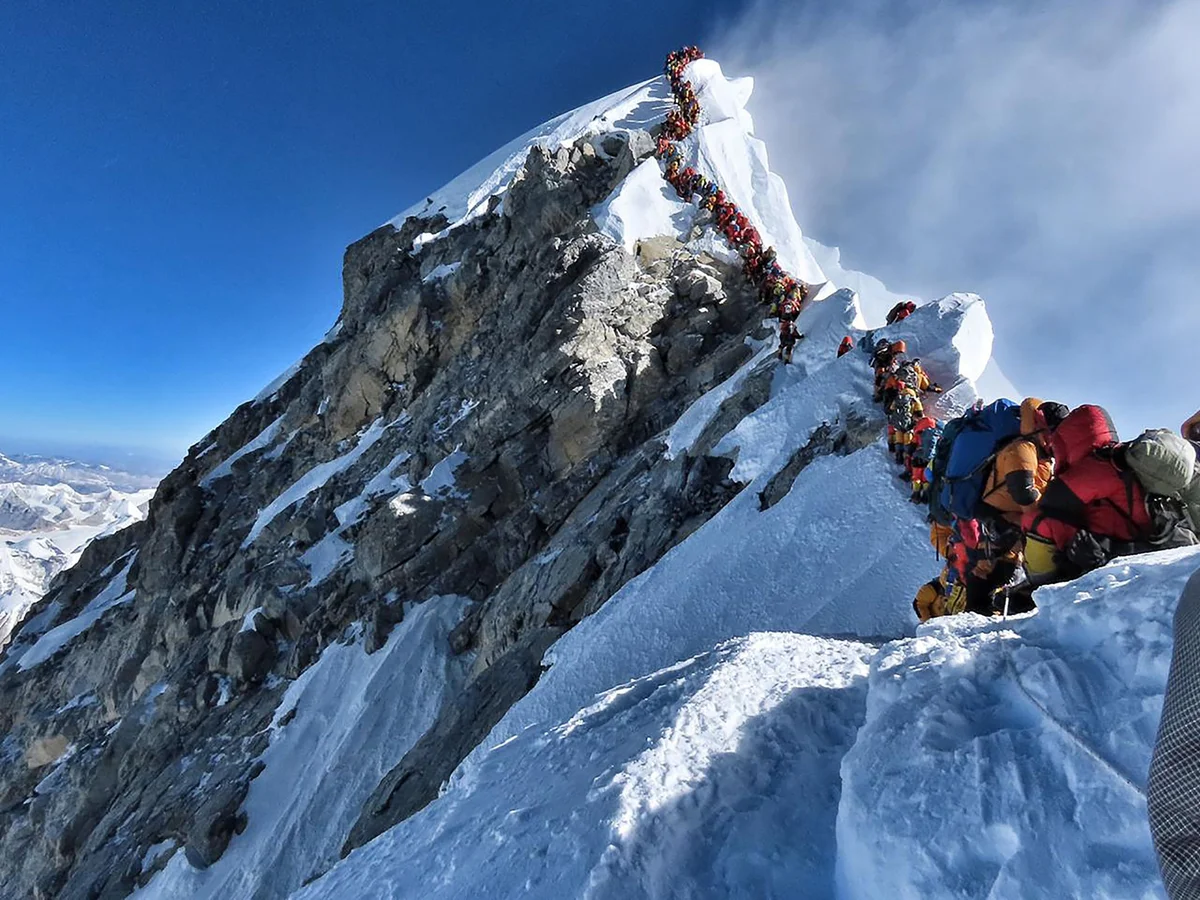
A variety of insurances is also required both for the climber and all staff accompanying on the journey. Death repatriation insurance with a minimum coverage of $37,593 is required, along with a $15,037 policy for all high altitude guides. Solo climbing is no longer permitted as of 2025. While insurance policy prices can vary, permits alone will run a climber about $16,620.
The second thing a climber will need in order to scale Everest is climbing gear. Top of the line climbing gear, as conditions can change in the blink of an eye, is a must. Common item’s climbers will need include down suites, sleeping bags, climbing boots, crampons, ropes, tents, and ice axes just to name a few. According to High Altitude Expeditions, gear runs around $6,000 with more being spent for higher quality name brand items.
Most climbers that attempt Everest choose to use bottled oxygen. Bottled oxygen is key in keeping climbers alive in the aforementioned death zone, keeping them alert and able to push on into the limits of what human beings can endure. According to Climbingthesevensummits.com, a guide agency for climbing Everest and other peaks across the world, the base amount of 11 bottles is $9,995. This price includes the precious commodity being carried up and stashed along the way to the summit by local porters. The site recommends extra oxygen also be purchased for those who want a little extra peace of mind as well, as running out can be fatal.
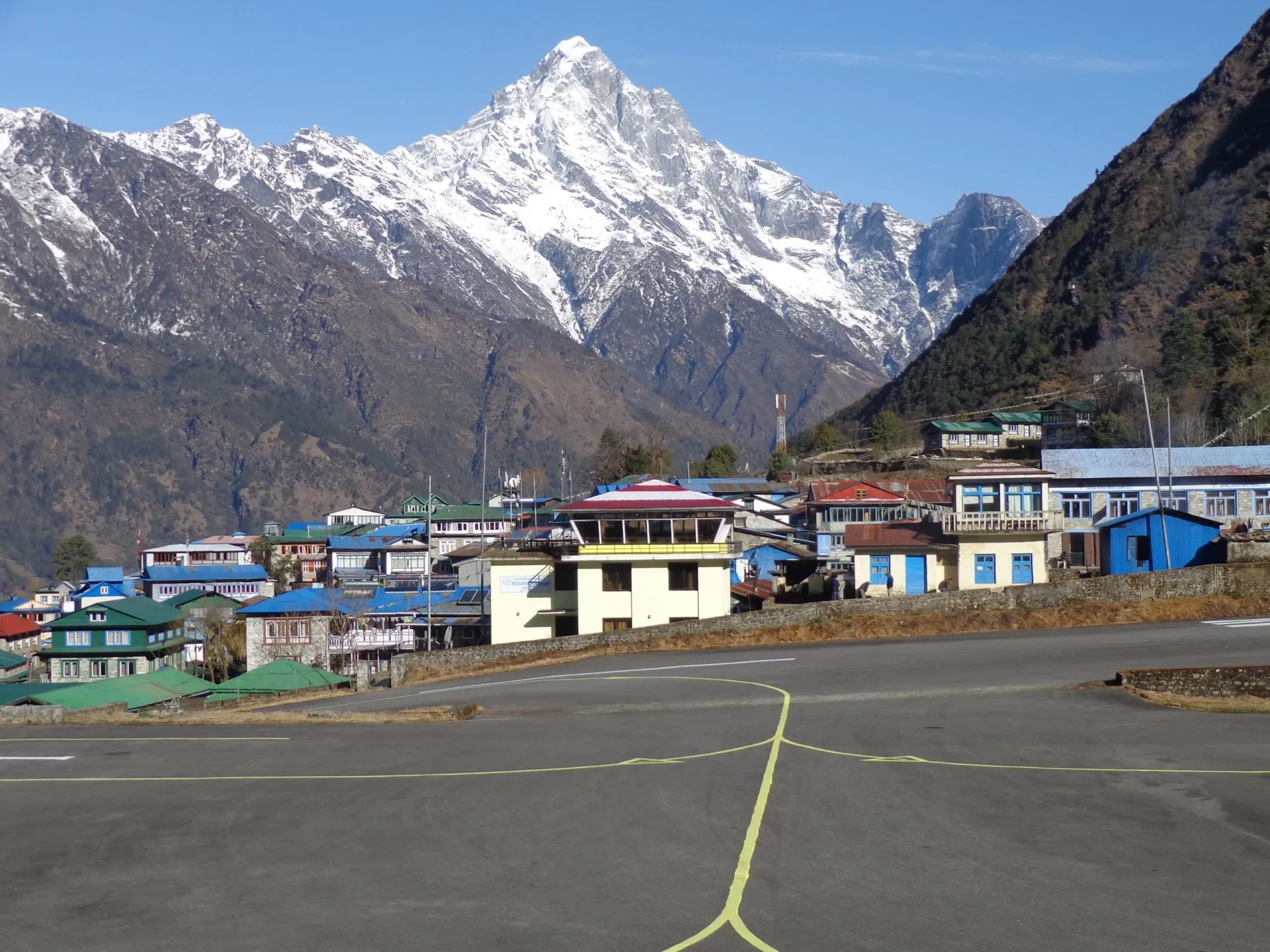
Next, climbers will need to get to Everest. Flights to Lukla from New York City average around $2,000 round trip, according to google flights. Bag policies vary from airline to airline, but expect to spend a few hundred more to bring all that heavy gear along to the roof of the world.
Lastly and most importantly, climbers will need to hire a guide. Sherpa’s, ethnic Nepalese and experts in the Himalaya, do all of the heavy lifting getting foreign tourists to the top. From fixing ropes climbers will use to ascend the mountain, to creating ladder bridges across dangerous crevices in the Khumbu icefall, and of course setting up high altitude camps, these superheroes of the mountains do it all. Climbingthesevensummits.com lists its cheapest option, a Sherpa assisted climb, for $54,995. For a western guide, in addition to Sherpa assistance, prices go upwards of $129,995 for a private guide or $74,995 for group climbs.
Climbing Everest can be the achievement of a lifetime. That achievement however, comes at a steep cost. After totaling up all expenditures, climbers can expect to pay on the low end of $89,570 and upwards of $164,610 to say they’ve been to the highest place on earth in 2025. With the new price increases put on Everest, only time will tell if if it leads to less traffic (and fatalities) on the mountain in coming years, or if Everest’s popularity will only continue to grow.


